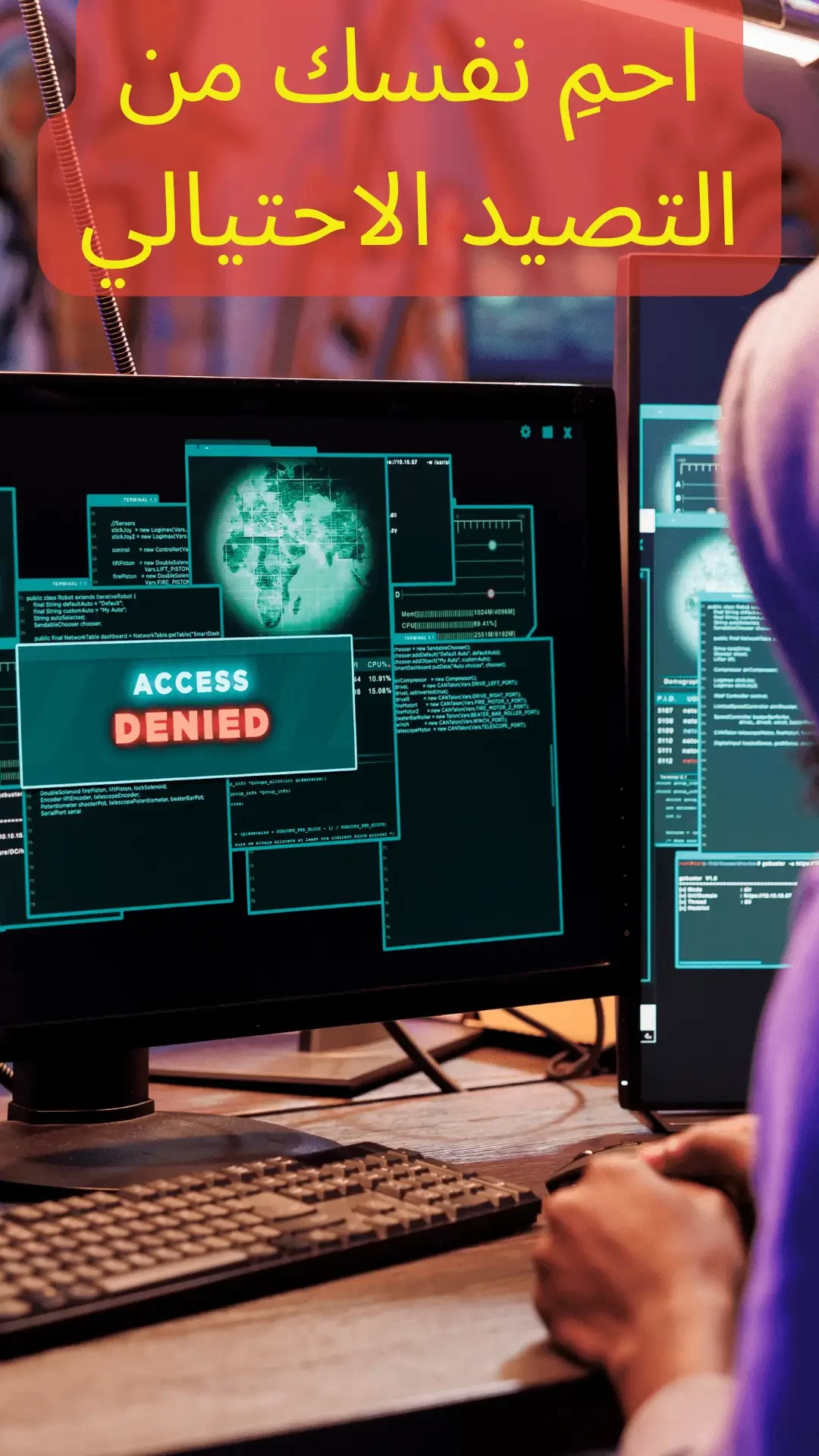With the rapid advancement of technology and the spread of the internet, cybercrimes such as phishing and fraud have become more common. Phishing is an attempt to trick people into revealing sensitive information such as passwords or bank card details by posing as a trusted source, usually via email or text messages. It’s important to be aware of these types of cybercrimes and take steps to protect yourself from them.
Here are some effective ways to protect yourself from phishing and online fraud:
1. Verify the source of the message or email
One of the first steps to avoid phishing is confirming the source of the message. Scammers often use email addresses similar to those of banks or well-known companies. Before clicking on any link or entering sensitive information, carefully check the sender’s email address or phone number. If unsure, contact the company directly to confirm.
2. Don’t click suspicious links
Phishing messages often contain links to fake websites designed to look like legitimate ones. Clicking these links may take you to a page that asks for personal or financial details. To avoid this, don’t click on links in suspicious messages; instead, visit the official site by typing the address into your browser.
3. Use two-factor authentication (2FA)
Two-factor authentication adds an extra security layer to your online accounts. Even if someone gains access to your password, they won’t be able to access your account without the additional code sent to your phone or email. Enabling this feature effectively protects your accounts from fraud.
4. Avoid sharing personal information
A common tactic scammers use is to directly request personal or financial information. Remember: financial institutions or large companies will never ask for sensitive details via email or text messages. If someone does, it’s likely a scam.
5. Keep security software updated
Regularly updating your operating system and security programs helps protect against cyberattacks. Many viruses and spyware exploit vulnerabilities in outdated systems. Make sure your OS and antivirus software are up to date to defend against new threats.
6. Use strong, unique passwords
A strong password is one of the most important protection tools. Use long passwords with a mix of uppercase and lowercase letters, numbers, and special symbols. Avoid reusing the same password across multiple sites — if one account is compromised, a unique password will keep others safe.
7. Be cautious of tempting offers
Scammers often lure victims with attractive offers like winning a big prize or unrealistic discounts. If it sounds too good to be true, it probably is. Avoid providing personal or financial details until you verify the offer’s legitimacy.
8. Learn to spot scam messages
Some phishing emails are well-crafted and look very similar to official messages, but often contain spelling or grammatical errors — a possible sign of fraud. Always be cautious when receiving messages that request sensitive information.
9. Use identity monitoring services
Identity monitoring services add an extra layer of protection by keeping track of your accounts and alerting you to suspicious activity or identity theft attempts. These can be especially useful if your data falls into the wrong hands.
10. Report fraud attempts
If you receive a phishing message or fall victim to online fraud, don’t hesitate to report it. Notify your bank or the relevant company, as well as the government agencies responsible for combating cybercrime. Reporting such attempts helps protect others from falling into the same trap.
Conclusion
In a world full of cyber threats, protecting yourself from phishing and online fraud requires vigilance and following simple steps like verifying sources, using two-factor authentication, and avoiding sharing personal information. The more aware you are of the threats and the more preventive measures you take, the better you can protect yourself and your information.














